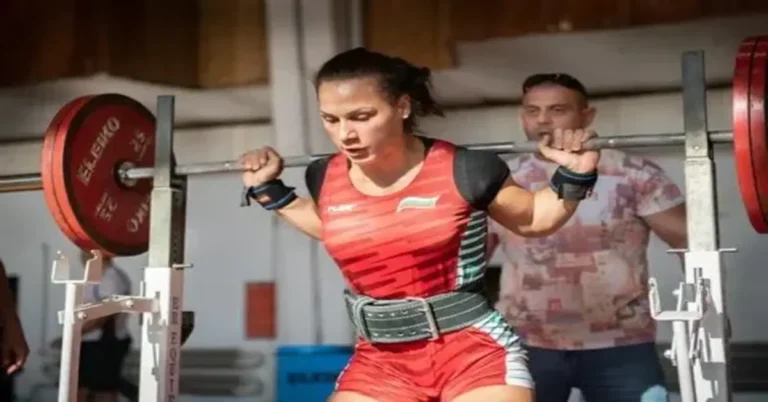In today’s fast-paced world, staying strong and resilient is more important than ever. Dynamic Objective Strength (DOS) is a concept that goes beyond physical endurance, encompassing mental fortitude and strategic thinking. This article delves into the essence of DOS, its importance, and how you can cultivate it in your own life.
What is Dynamic Objective Strength?
Definition and Origin: Dynamic Objective Strength (DOS) is not just about muscles or stamina; it’s a holistic approach to strength that includes mental and emotional resilience. The term “dynamic” emphasizes the ever-changing nature of challenges we face, requiring us to adapt and respond effectively. “Objective” signifies the importance of having clear, measurable goals to work towards.
Key Components: The key components of DOS include adaptability, strategic thinking, and emotional intelligence. Adaptability refers to the ability to adjust and thrive in changing environments. Strategic thinking involves planning and making informed decisions. Emotional intelligence is the ability to understand and manage one’s emotions, as well as empathize with others.
The Importance of Dynamic Objective Strength
Real-World Applications: DOS can be applied in various aspects of life. In professional settings, it helps individuals navigate complex projects, lead teams, and make strategic decisions. In personal life, DOS aids in managing relationships, overcoming obstacles, and achieving personal goals. Whether you’re an athlete, entrepreneur, or student, developing DOS can enhance your performance and overall well-being.
Benefits: Developing DOS offers numerous benefits. Improved problem-solving skills allow individuals to tackle challenges more effectively. Better stress management leads to a healthier and more balanced life. Enhanced leadership abilities enable individuals to inspire and guide others towards achieving common goals. DOS also fosters resilience, helping individuals bounce back from setbacks and maintain a positive outlook.
How to Develop Dynamic Objective Strength
Practical Tips:
- Physical Exercises: Engaging in regular physical activity strengthens the body and boosts mental resilience. Activities like yoga, martial arts, and weightlifting can improve physical endurance and mental focus.
- Mental Training Techniques: Practicing mindfulness, meditation, and cognitive exercises can sharpen mental acuity and enhance emotional control. Techniques such as visualization and goal-setting can also help in maintaining focus and motivation.
- Lifestyle Changes: Adopting a balanced lifestyle that includes a healthy diet, adequate sleep, and stress management can significantly enhance overall strength. Reducing negative influences and surrounding oneself with supportive individuals can create a positive environment for growth.
Case Studies and Examples:
- Professional Success: Consider the story of Jane, a project manager who faced significant challenges in her career. By developing DOS, she was able to navigate complex projects, manage team conflicts, and achieve remarkable success. Her strategic thinking and emotional intelligence played a crucial role in her achievements.
- Personal Growth: Mike, an avid marathon runner, experienced a severe injury that threatened his passion for running. Through a combination of physical therapy, mental training, and unwavering determination, he developed DOS and made a triumphant return to running. His adaptability and resilience were key to his recovery.
- Entrepreneurial Journey: Sarah, a young entrepreneur, faced numerous obstacles in her startup journey. By cultivating DOS, she was able to overcome financial challenges, build a strong team, and achieve business growth. Her strategic planning and ability to adapt to market changes were instrumental in her success.
Conclusion
Dynamic Objective Strength is a powerful concept that encompasses physical, mental, and emotional resilience. By understanding its components and importance, individuals can take proactive steps to develop DOS in their own lives. Whether in professional or personal settings, DOS empowers individuals to navigate challenges, achieve goals, and lead fulfilling lives.
Call to Action
Now that you have a comprehensive understanding of Dynamic Objective Strength, it’s time to take action. Start by incorporating the practical tips mentioned above into your daily routine. Remember, developing DOS is a continuous journey that requires dedication and perseverance. Share your thoughts or experiences with DOS in the comments section and follow this blog for more tips on building resilience and strength.






